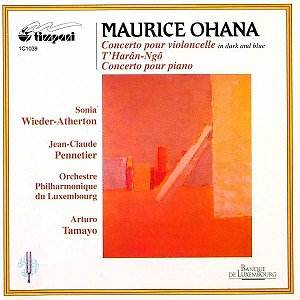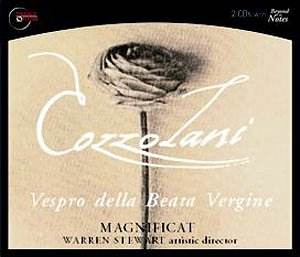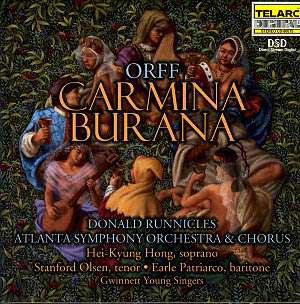 Composer: Maurice Ohana
Composer: Maurice Ohana
Works: Cello Concerto No. 2 “In Dark and Blue” (1990), T’Harân-Ngô (1974), Piano Concerto (1981)
Performers: Sonia Wieder-Atherton (cello), Jean-Claude Pennetier (piano), Orchestre Philharmonique du Luxembourg, Arturo Tamayo
Recording: Conservatoire, Luxembourg, January and May 1997
Label: TIMPANI 1C1039 [65:20]
The works of Maurice Ohana, a composer straddling the cultural divides of North Africa and Europe, reveal a distinct soundscape deeply rooted in his multicultural heritage. Born in Casablanca to Sephardic Jewish parents, Ohana’s music reflects a synthesis of Mediterranean influences, and his late style intertwines the lyrical with the avant-garde. The recordings under review present a compelling selection of his oeuvre, offering insights into his evolving musical language, particularly through the prism of three major works spanning nearly three decades.
The Cello Concerto No. 2 “In Dark and Blue” stands out as a vibrant homage to the Afro-American music tradition, especially in its central movement, a fond tribute to Louis Armstrong. Sonia Wieder-Atherton’s interpretation is both supple and commanding, navigating the work’s intricate passages with a deftness that captures its emotional core. The concerto’s tonal palette, marked by rich harmonies and jazz-inflected rhythms, is realized with sensitivity by the Orchestre Philharmonique du Luxembourg under Arturo Tamayo’s direction. The engineering of the recording is exemplary, allowing the subtleties of both cello and orchestra to emerge with clarity, particularly in the dialogue between soloist and ensemble, where the interplay of colors evokes a sun-drenched landscape.
T’Harân-Ngô, Ohana’s first purely orchestral work, is a striking exploration of rhythmic vitality and textural complexity. The piece feels like an invocation of ancient rituals, with its percussion-heavy orchestration and vivid orchestral colors. Tamayo’s leadership here is particularly commendable; he captures the work’s primal energy while allowing moments of introspection to breathe. The recording’s sound design balances the formidable percussion section against the lush strings, creating a resonant sound world that is both immersive and texturally rich. In this piece, the engineering wisely emphasizes the subtleties of the percussion timbres, which are integral to Ohana’s sound.
The Piano Concerto, dating from 1981, showcases Ohana’s innovative approach to form and structure, often eschewing traditional barlines to impart a sense of improvisation. Jean-Claude Pennetier’s performance is noteworthy for its fluidity and interpretative depth. The piano’s role oscillates between soloist and orchestrator, a reflection of Ohana’s unique compositional voice. The concerto’s central section, featuring the stylized Saeta, is rendered with a heartfelt lyricism that allows the listener to engage with its emotional resonance. The recording quality ensures that the piano’s timbral qualities are fully realized, allowing the nuances of Pennetier’s playing to shine through without overwhelming the orchestral backdrop.
These three recordings collectively present a comprehensive view of Ohana’s artistic journey, characterized by a mastery of orchestral color and a profound capacity for emotional expression. Each work is executed with a commitment to authenticity and a deep understanding of Ohana’s idiomatic requirements, making this collection an essential introduction to his oeuvre. The performances by the soloists and the Orchestre Philharmonique du Luxembourg are not only technically proficient but also infused with a genuine affection for the music, which resonates powerfully throughout each track.
A compelling journey through the multifaceted sound world of Maurice Ohana, these recordings not only illuminate his distinct voice but also serve as a testament to the enduring power of his music. Both newcomers and seasoned listeners will find these interpretations to be a vital exploration of a composer whose work, while perhaps underappreciated, is rich with cultural significance and artistic depth.



